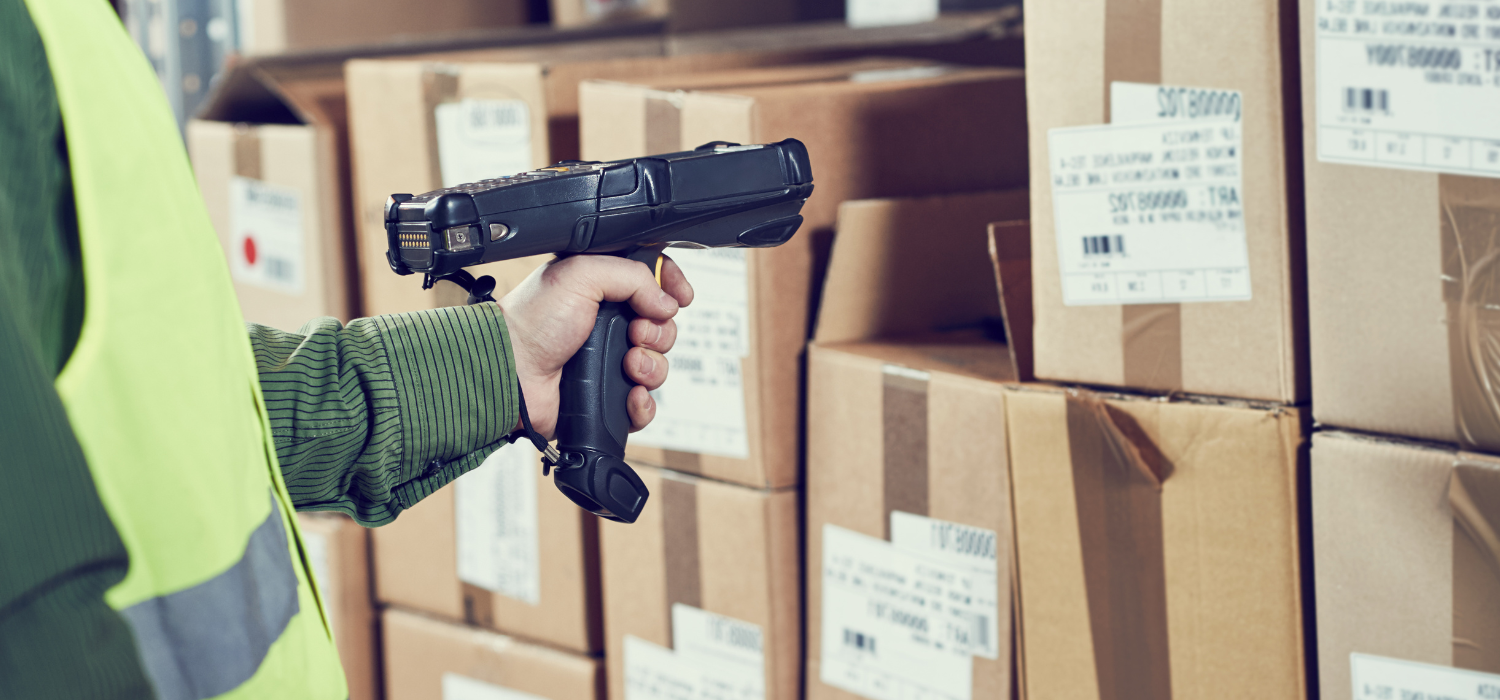In the previous Last Mile Logistics Article, we highlighted the importance of Customer Experience in an Online-Offline experience that requires increasingly shorter shipping times: 24H, Same Day, 1 Hour.
It also requires different modes of delivery: Home Delivery, Click & Collect, Pickup Points, and Locker.
The Online User experience is Omnichannel and goes from Search Engines, to Social to a variety of websites and finally into the physical world.
Logistics accordingly must also be Omnichannel but…
How to set up an Omnichannel Logistics Strategy?
We get help from the authoritative voice of Digital Innovation Observers with an excerpt from their article.
To discuss omnichannel logistics, they refer to three “strategic areas”:
- Delivery Service – how the product is delivered to the end customer;
- Distribution Setting – setting the logistics channel, nodes involved and transportation service used;
- Fulfillment strategy – setting the process of physical order picking.
The Omnichannel Decision Variables
The decision variables represent the parameters to be configured.
Each decision variable can be declined, in turn, according to different “options”: the mode of delivery, for example, can be at home (home delivery) or pickup at the point of sale (in-store Click&Collect). The same company, therefore, can develop multiple initiatives characterized by the activation of different options.
Below we will analyze the three strategic areas in detail.
Delivery service
The delivery service approach involves 4 decision variables: delivery mode, delivery speed, delivery window, and price differentiation. Manufacturers mainly use home delivery, while retailers leverage stores to offer alternative delivery modes. Delivery speed and delivery window configuration are key differentiators for retailers.
Distribution setting
Distribution setting involves 3 decision variables: staging point, delivery area, and transportation service. Large-scale retail exploits stores as a staging point for online orders and a starting point for local delivery rounds. Manufacturers and non-food retailers prefer the introduction of Picking Warehouse (PW), inside or outside the Distribution Center (CeDi), and groupage distribution.
Fulfilment strategy
Finally, the fulfillment strategy approach involves 3 decision variables: level of automation, level of integration and order allocation. There has been a tendency to adopt manual solutions for the fulfillment of picking activities, with a static allocation policy of the order staging point. Manufacturers and non-food retailers often seek cross-channel integration in picking activity, while packaging activity is specific to the B2c eCommerce channel.
We see how the role of the Last Mile is central in the Omnichannel Logistics Strategy.
In the next articles we will understand how to optimize Last Mile Logistics.






